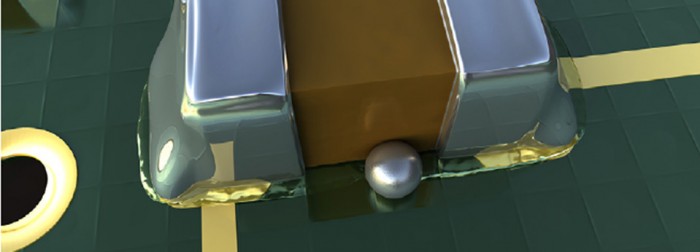Happy New Year everyone! Typically the new year signals a new beginning, but thispost will be concluding our series on reflow profilingby discussing the fourth stage of a reflow profile: the cool-down. The cool down rate of the profile will affect the grain structure of the solder joint. A quick cool down will generally create a tiny grain structure which is shinier and stronger.A steep cool down slope will promote quick solidification of the solder thusmitigating void formation, especially for off-eutectic solders that have a plastic range between the liquidus and the solidus where the solder is a “sludgy” material. Too quick of a cooling slope can threaten a coefficient of thermal expansion (CTE) mismatch. If the CTE mismatch is too great, added stresses and mechanical fracturing can occur. Too slow of a cool down rate will cause an annealing affect and large solder grain structure for a softer and duller looking joint. Ideally, the cool down slope should be no less than 2°C/s and no greater than 6°C/s, but this can vary based on what the assembly can handle.
If you have questions about your reflow profile, you can contact me at [email protected] or anyone else on my team of technical support engineers.



